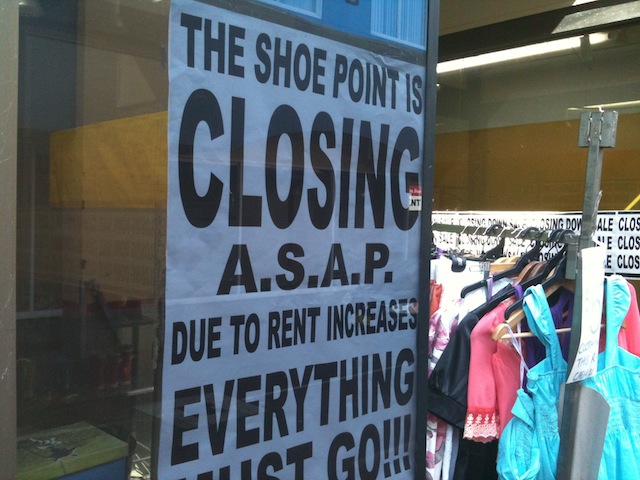This week’s edition of The Economist asks about the Future of Employment and where the jobs are in a society where work is increasingly done by machines.
For the Economist the conclusion is that the future of employment is ‘complex’ and observes economists and politicians haven’t given enough thought to the effects of the changing workplace and the dislocation of many workers.
Much of the Economist’s story is based around the ideas of professors at MIT Erik Brynjolfsson and Andrew McAfee in their upcoming book “The Second Machine Age”.
The race with the machines
Professor Brynjolfsson gives his view at TED 2013 in the key to growth? Race with the machines, a presentation countered by Robert Gordon in the ‘death of innovation, the end of growth’ and followed by an excellent debate between the two.
Brynjolfsson cites the dilemma of bookkeepers being displaced by software applications such as Intuit Turbotax as an example of where service sector staff are being displaced.
“How can a skilled worker compete with a $39 piece of software?” Brynjolfsson asks.
“She can’t. Today millions of Americans do have cheaper, faster, more accurate tax preparations and the founders of Intuit have done very well for themselves. But 17% of tax preparers no longer have jobs.
“That is a microcosm of what’s happening not just in software and services, but in media and music, in finance, manufacturing, in retailing and trade. In short, in every industry.”
The great decoupling
Brynjolfsson’s key point is that workers’ wages have been decoupled from productivity and that the workforce isn’t sharing the rewards of improved practices and increased wealth.
That is certainly true over the last forty years, however that may not be a technological effect, but the business consequences of liberalising the financial sector which has seen massive pay increases to the banking industry and managerial classes that has been way out of kilter with the rest of the workforce.
It may well be the current golden era of high executive salaries is a transition effect of an evolving economy, albeit one where our grandchildren will puzzle over an era where a failed executive can receive a $100 million payout on being fired.
As The Economist points out technological change itself tends to create new jobs that make up for those displaced in old industries, this is a view supported by GE’s Chief Economist Marco Annunziata.
The main problem that Brynjolfsson identifies is the medium term issue of dislocated workers finding themselves out of work with superseded skills and, as The Economist point out, it’s clear the developed world’s political leaders haven’t though through the consequences of that transition.
In almost every sense, the current crisis of confidence about employment prospects is more a political and social problem rather than technological.
Helping displaced workers is going to be the greatest challenge for today’s generation of business and political leaders, the real question is are they up to that task?






